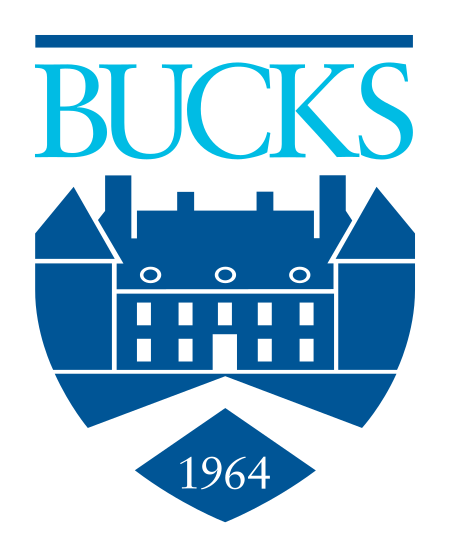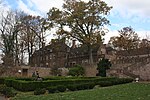Bucks County Community College

Bucks County Community College (Bucks) is a public community college in Bucks County, Pennsylvania. Founded in 1964, Bucks has three campuses and online courses: a main campus in Newtown, an "Upper Bucks" campus in the town of Perkasie, and a "Lower Bucks" campus in the town of Bristol. There are also various satellite facilities located throughout the county. The college offers courses via face-to-face classroom-based instruction, eLearning classes offered completely online (often referred to as distance learning), and in hybrid (blended) modes that combine face-to-face instruction with online learning. The college is accredited by the Middle States Commission on Higher Education.
Excerpt from the Wikipedia article Bucks County Community College (License: CC BY-SA 3.0, Authors, Images).Bucks County Community College
Swamp Road, Newtown Township
Geographical coordinates (GPS) Address External links Nearby Places Show on map
Geographical coordinates (GPS)
| Latitude | Longitude |
|---|---|
| N 40.239636 ° | E -74.965875 ° |
Address
Bucks County Community College
Swamp Road 275
18940 Newtown Township
Pennsylvania, United States
Open on Google Maps










